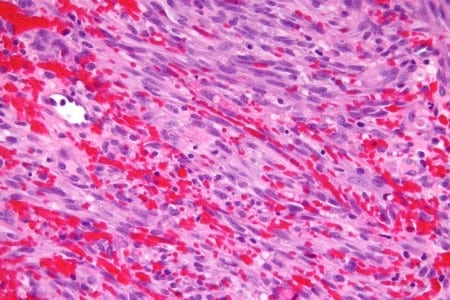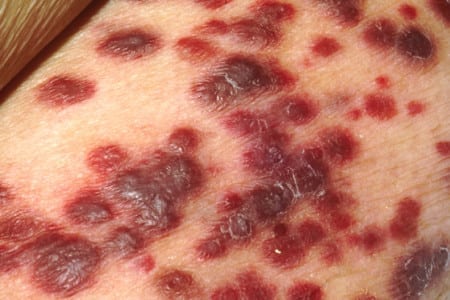Kaposi sarcoma is just one of many types of sarcoma that can affect individuals. Sarcomas are unusual, but can be a serious concern for both children and adults.
Typical treatment options for Kaposi sarcoma include radiation therapy, surgery, chemotherapy, and bio/immunotherapy.
To fully understand your options for dealing with Kaposi sarcoma, you should understand what sarcoma cancers are as well as the details around Kaposi sarcoma specifically.




